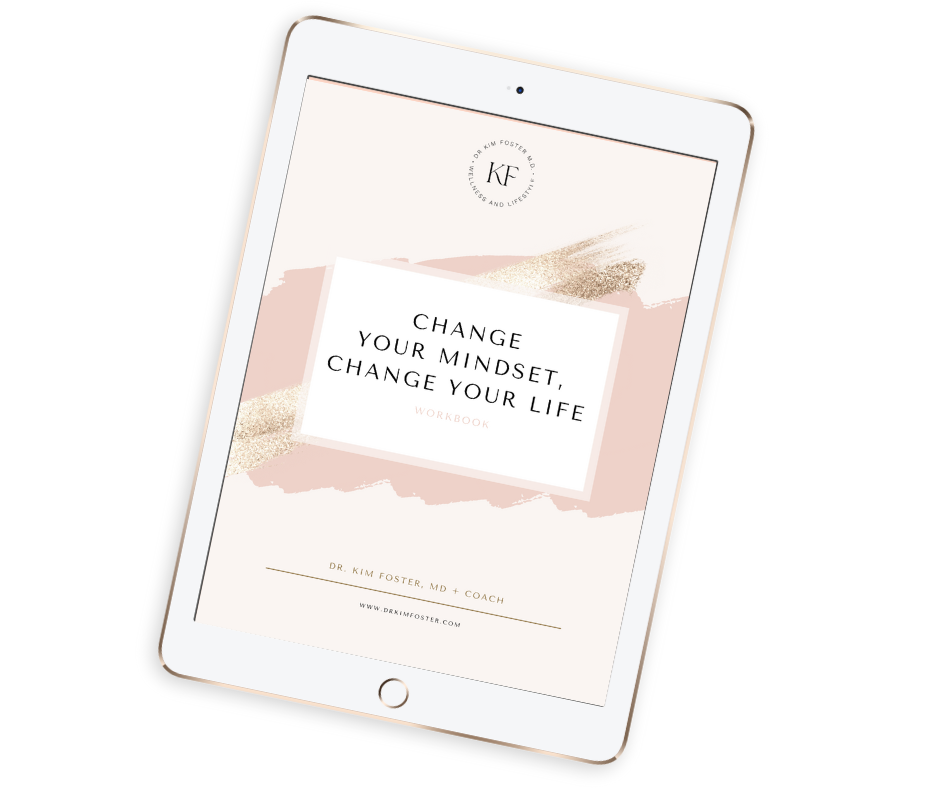Have you ever found yourself in a social situation where you felt completely out of place, stumbling over words and wishing you could disappear?
We’ve all been there!
But what if I told you that learning how to deal with those moments is the key to building confidence?
Yes, that’s right. If you want to become truly confident, you’ve got to embrace awkwardness.
In this week’s article and YouTube video, I’ll walk you through five actionable steps to transform awkwardness into confidence, empowering you to navigate social interactions with ease.
1. Understand What Awkwardness Is
Let’s start with a reality check. Social awkwardness is something everyone feels, even those who appear super confident.
Here’s why it’s a universal experience…
Psychologists say that awkwardness is due to how our brain naturally reacts to social situations.
You see, we’re programmed to seek acceptance and avoid rejection.
This is because, in our primitive brain, being rejected or excluded meant a threat to our survival. In fact, in prehistoric times, your chances of surviving alone were minimal, which meant you would do everything you could to stay in the tribe.
This is why, today, whenever we feel out of place, unsure of ourselves, or worried about how other people perceive us, our brain sends out signals of discomfort, resulting in awkwardness.
Even though we can survive alone nowadays, the deepest part of our brain still sees social awkwardness as potentially life-threatening.
2. Embrace Awkwardness
Understanding that awkwardness is a natural human experience makes accepting and embracing it easier.
Why is this important?
When you normalize awkwardness and recognize that everyone feels it at one point or another, you stop beating yourself up about experiencing awkwardness.
This means when the next awkward moment comes up at a social event, you don’t feel ashamed or like a failure, significantly reducing its power over you.
Moreover, aside from being completely normal, awkwardness is a sign that you’re stepping out of your comfort zone, which is essential to personal growth.
This mindset shift can help you view awkwardness as an opportunity to practice and improve your social skills.
When you can do this, you own your awkwardness. It is no longer a flaw but a unique personality trait.
One thing I’ve found helpful for shifting my perspective on awkwardness is using affirmations.
Whenever you’re feeling awkward and notice negative self-talk arise, replace it with a positive affirmation.
For example, instead of saying, “I’m so awkward,” say, “I’m learning and improving every day.”
3. Focus on Other People
When we feel awkward, we often get stuck in our heads, which sets the stage for a downward spiral of negative self-talk.
This is why it is crucial to look outwards.
When we’re distracted by the nonstop narrative inside our heads, we don’t notice what’s happening around us. Not only do we miss social cues, but we also fail to see that other people around us feel equally awkward.
This is a breakthrough I had at a writer’s conference in New York City.
I didn’t know anyone there and felt extremely awkward, wandering around while beating myself up, thinking, “You don’t belong here. What are you doing?”
Then, I noticed that a few others looked equally uncomfortable. Even some engaged in conversations seemed unsure and were fidgeting with forced laughter.
At that moment, I realized that most of the people at this writers’ conference were introverts like me, who didn’t like chit-chat but were trying anyway.
This realization defused the situation for me.
You must get out of your head and look around to get to this realization.
Every time you notice you feel awkward, use this as your cue to practice mindfulness. Look at the other people in a room and mentally state your observations, such as “Oh, I like that woman’s dress” or “The food on that table looks delicious.”
4. Leaning Into Awkwardness
Now you’ve changed your perspective on awkwardness; this step is about disarming its negative impact and turning it into an opportunity for connection.
What does this look like?
Let’s go back to my networking event in New York City.
Once I realized that everyone else was feeling awkward, I chose one of these awkward-looking people. I went up to her and said, “God, I always get nervous at these events, don’t you?”
She immediately relaxed and let out a huge sigh. Then, we started chatting and joking about the best ways to work in a room and survive these events.
It’s not easy and involves showing vulnerability. But leaning into awkwardness breaks the ice and lightens the mood, turning awkward moments into authentic connections.
Another way to do this is by leveraging humor.
Self-deprecating humor (such as lightly joking about your own awkwardness) can put others at ease and show you’re comfortable with yourself.
5. Learn and Grow from Awkward Situations
Earlier, I touched on how awkward situations can be opportunities to improve our social skills. So, step 5 is all about adopting a growth mindset to view awkwardness as a learning experience.
A fixed mindset says, “I’m awkward, and it will always be like this,” but a growth mindset says, “I’m learning to become more confident in social settings.”
To cultivate a growth mindset, get into the habit of reflecting on awkward situations.
Ask yourself what happened and why it felt awkward. This can help you better understand your social triggers and improve your responses.
Lastly, like any skill, social confidence improves with practice. The more you engage in social situations, the more comfortable you’ll become.
So, gently push yourself out of your comfort zone.
Start by making small talk with a barista, coworker, or neighbor, and gradually move on to more complex interactions as your confidence grows. This could be:
- Attending networking events
- Joining public speaking clubs
- Volunteering for leadership roles at work.
Each time you push yourself out of your comfort zone, you build self-confidence and reduce your fear of awkwardness.
Final Thoughts
Awkwardness is a natural part of life, but it doesn’t have to hold you back. Confidence isn’t about never feeling awkward but how you handle those moments.
For a more in-depth walk-through of these five steps, watch this week’s YouTube video:
Finally, I’d love to hear about your experiences with social awkwardness. What are you doing to turn your feelings of awkwardness into confidence?
Comment below to let me know!
Download my FREE Change Your Mindset, Change Your Life Workbook!


FREE CLASS!
Looking to take your wellness journey to the next level?
The 3 Secrets For Stepping Into A Meaningful New Career Without Wasting Time Or Money
- find out why health & wellness coaching is a skyrocketing industry that can provide the freedom and fulfillment you’ve been craving
- discover the 3 biggest myths about health & wellness coaching that will hold you back (and what the truth is instead)
- learn the secret sauce for getting amazing results for your clients (and building a profitable business as a wellness coach)
…and more!







